Homemade Rock Candy
Science is often referred to as the most fun subject in school mainly because… it is! It can be a most delicious subject, too. When […]
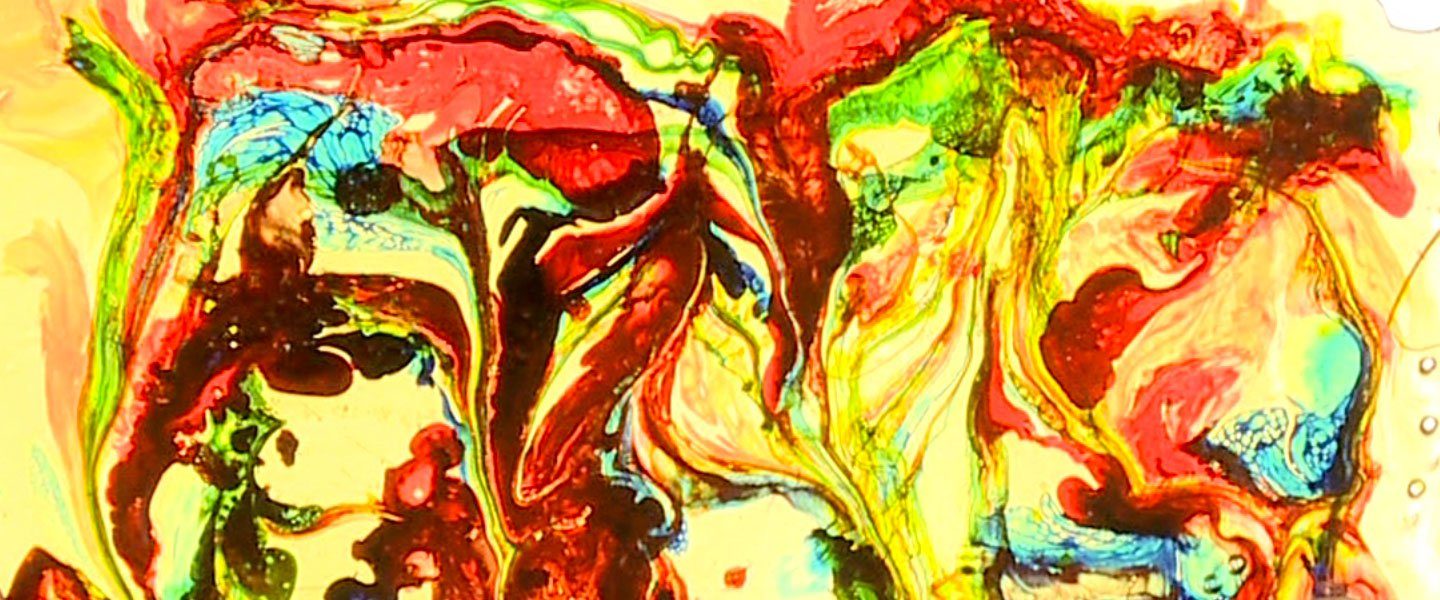
Sugar has many uses but maybe you didn’t know it can be used to make “glass” – even stained glass. You combine the science of crystallization with the art of creating a delicious and colorful treat! This activity uses a well tested recipe for sugar glass and then ups the game to create vibrant, edible stained glass. It’s a simple recipe but by the time you finish, you’ll have made sugar glass that’s awesome enough for use on a movie set.
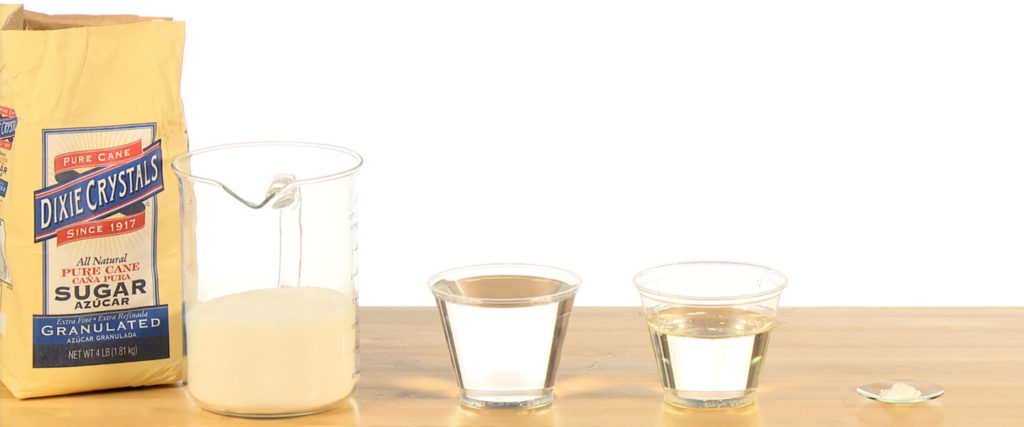
Before you begin, prepare the following ingredients:
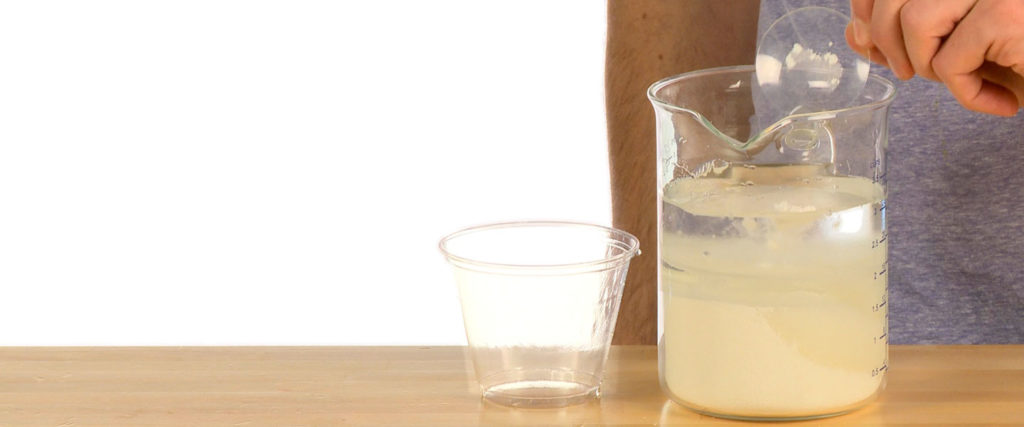
Combine all the ingredients into the saucepan. Stir the solution.
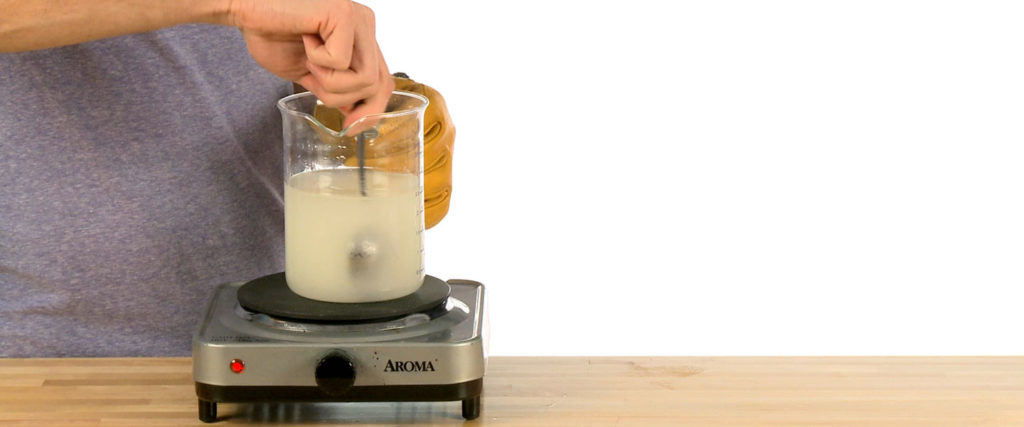
You don’t want the sugar to caramelize (discolor) too much so slowly heat the solution. Use a spoon to stir constantly but slowly until the solution is at a slow boil. Protect your hand from hot splatters.
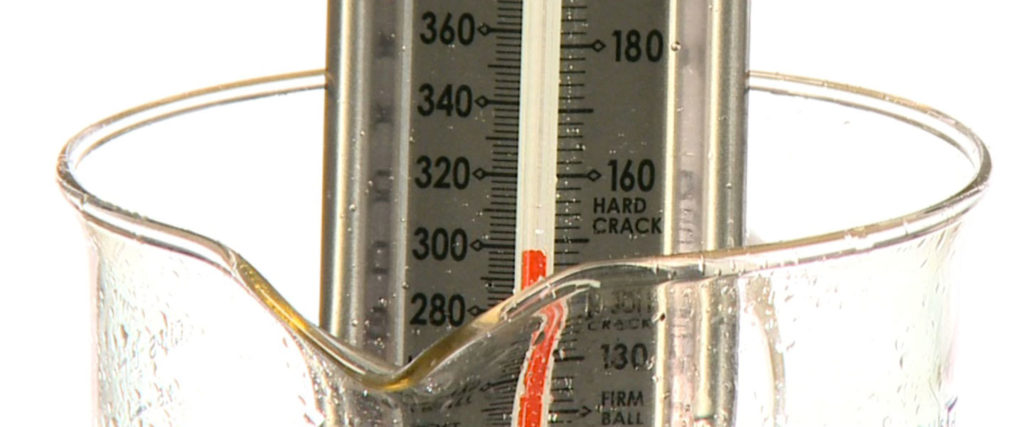
This is a good time to spray the foil pan with the non-stick spray. As the solution heats up to a slow boil, it will become clear. Stop stirring but keep it boiling and place the thermometer into the solution. The target temperature is 300-310℉ (149-154℃) so you may have to gradually up the heat from the burner to get there. This is called the “hard crack stage” of candy making. Watch the thermometer! At this stage, the temperature rises quickly.
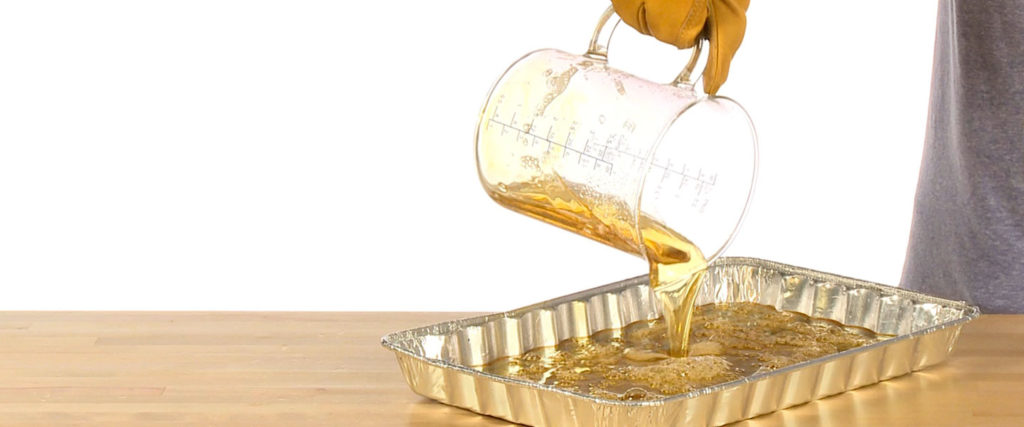
When the syrup has landed in the hard crack temperature range, carefully pour it into the prepared foil pan. Spread the hot liquid evenly over the bottom of the pan.
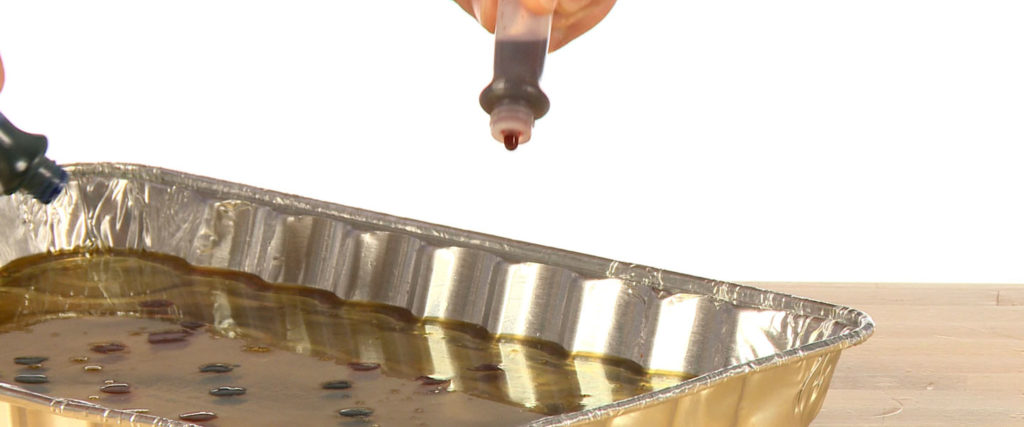
Scatter drops of food coloring all over the surface of the hot syrup in a random order. Here’s where STEM becomes STEAM (“A” for art) as you use the utensils to creatively and randomly spread the colored drops through the syrup. Take your time but resist the temptation to lick the spoon. The syrup is HOT!
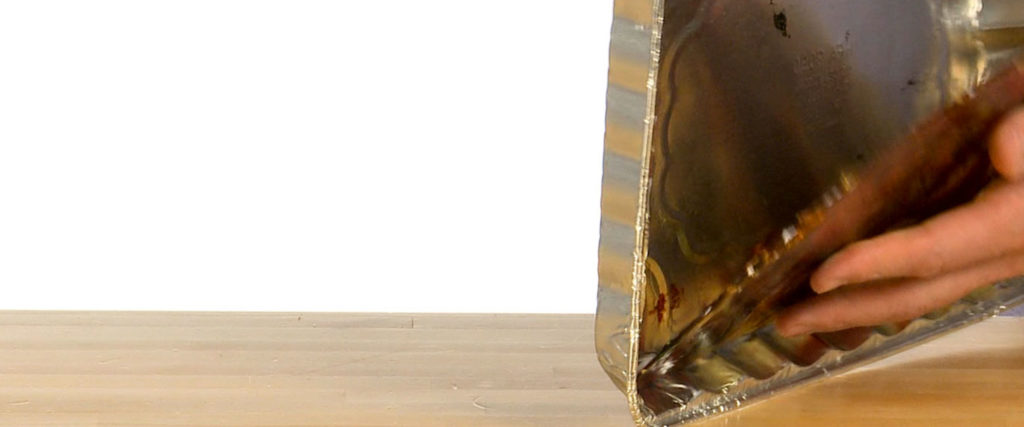
Let it cool completely so the syrup can harden completely.
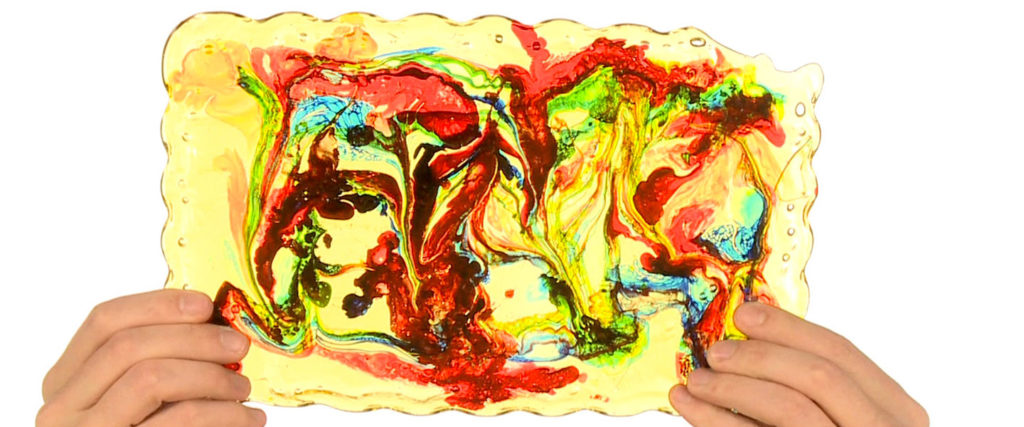
Carefully remove your Stained Glass Sugar creation from the pan and admire your work. Golly, what’ll you do if a piece breaks off? That’s a tough one – not!
So, you made a beautiful (and delicious) work of art using the Stained Glass Sugar activity but, do you know what happened?
Stained Glass Sugar, or sugar glass, is created when you dissolve sugar in water and heat it to 300-310℉ (149-154℃). This is called the “hard crack” stage of candy making. You’ve made what a chef calls a reduction by boiling away excess water to concentrate flavors and ingredients. As the water boils off, both the temperature and the sugar concentration rise. At this point of heating, the sugar concentration in the syrup is about 99%.
Sugar dissolved in water will normally just crystalize back to sugar again. The addition of the corn syrup to the solution prevents this from happening. Corn syrup holds the dissolved sugar molecules in suspension in the solution. The last ingredient, cream of tartar, separates the original, complex sugar crystals into glucose and fructose, sugar’s simpler components. Adding food coloring prior to hardening creates the “stained glass” look you wanted. Light passing through the translucent (allowing light to pass through it) sugar glass will show off the colors and patterns you spread around in it.
A note about temperatures: The temperatures in this activity are for sea level applications. At higher altitudes – as in Denver, CO, USA at about 5300’ (1615 m) above sea level – subtract 1° F from each given temperature for each 500 feet (152 m) above sea level you live. In Denver, you’ll get hard crack candy at about 289° F (143 ℃).
In the brown-liquid stage of candy production at around 338° F (170℃), the sugar concentration is 100%. The liquefied sugar turns amber or brown in color due to caramelization. The sugar is beginning to break down and form many complex compounds that contribute to a richer color and flavor. Caramelized sugar is used for dessert decorations and can also be used to give a candy coating to roasted nuts.
You’ve probably seen a movie or a TV show where glass was broken in a scene. A lot of the broken “glass” you saw was probably sugar glass. Sugar glass can look and break like real glass but it’s much cheaper to use and replace for multiple takes. And think about it: you could do an entire glass clean-up on set by letting goats come in and take care of it!